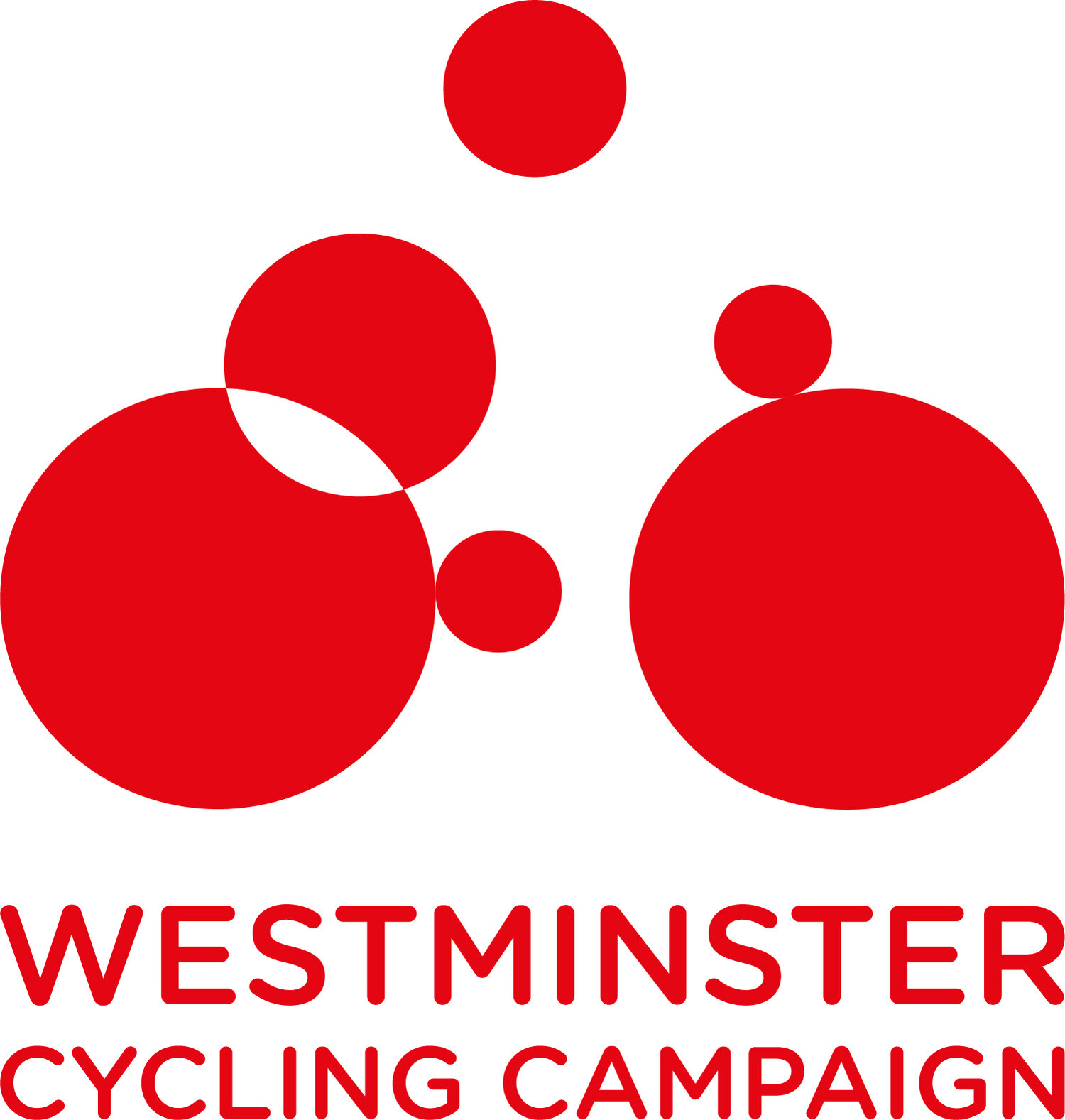Oxford Street
Our thoughts on why restricting taxis from Oxford Street is necessary
Oxford Street and traffic reduction
Westminster City Council has been asking the public how Oxford Street can be improved. We think that for this scheme to be truly transformational, motor traffic needs to be further reduced, and that means restricting taxis.
Restricting taxis for most of the day would tangibly improve the pedestrian / shopper experience and likely boost Oxford Street businesses, as well as increase safety for walking and cycling
Taxis only bring a tiny percentage of visitors to Oxford Street but account for a significant share of traffic, contributing to road danger & air pollution (see 1 below)
Bank junction, Bishopsgate and Tottenham Court Road all demonstrate the dramatic improvements brought by restricting through traffic to buses and bikes only – reducing traffic area wide, not just displacing it (see 2 below)
Taxis could still access every part of Oxford Street as they do Tottenham Court Road, just not use it as a through route
With the (welcome) plans to fill in bus stop bays, it will be harder for buses and bikes to pass stopped buses - reducing oncoming traffic by removing taxis will help significantly
Where residents have concerns about displacing taxis and other vehicles into adjoining neighbourhoods, this suggests an appetite for removing through traffic in those neighbourhoods – paving the way for Climate Safe Streets Ask 3, which you pledged to before the last elections.
In Soho particularly, there is evidence for local support for removing through traffic (see 3 below).
If taxis are left unrestricted, on the other hand, the current experience of Oxford Street being traffic dominated and unpleasant is likely to remain largely unchanged. For a £60m project, that will draw a lot of public criticism and not help to reverse the fortunes of local businesses.
More details & evidence
Taxis on Oxford Street
This article – based on a TfL consultation in 2017 which is no longer online – says that taxis make up 30% of Oxford Street traffic but bring only 2% of visitors.
The graph below is from a TfL case study about Oxford Street in 2013, so not up to date, but the principle holds true - taxis make up a significant proportion of traffic but only carry a tiny fraction of people to (or through) Oxford Street.
One key recommendation in the report says: “The opportunity also exists to significantly reduce traffic by making it a bus and cycle-only street, with servicing, deliveries and taxis allowed outside peak shopping hours.”
2. The West End Project in facts and figures
https://news.camden.gov.uk/new-princes-circus-space-fully-open/
Reducing congestion across the area by introducing two-way roads
· Up to a 70% reduction in traffic on Tottenham Court Road during restricted hours.
· Up to a 44% reduction in traffic on Tottenham Court Road out of the restricted hours.
· Up to a 45% reduction in traffic on Gower Street.
Making bus journeys more efficient with bus and cycle only areas
· Bus routes 24, 29, 73 and 390 are all now quicker.
Helping cyclists take advantage of the new cycling facilities
· Around 2.6km of new cycle lanes.
· Percy Street and Stephen Street saw an average of 3133 cycling journeys on a weekday.
· Warren Street Santander Cycle dock saw its highest ever number of loans with 3028 in July 2021.
Attracting more people to enjoy the area and its local businesses
Tottenham Court Road saw 1 million footfall for a week for the first time in Fitzrovia ever in the summer after our works completed in 2019.
3. Support for reducing through traffic in Soho
Despite the narrative from some residents associations, there is strong support for removing through traffic in Soho, as the report on Vision for Soho engagement showed (Feb 2022).




